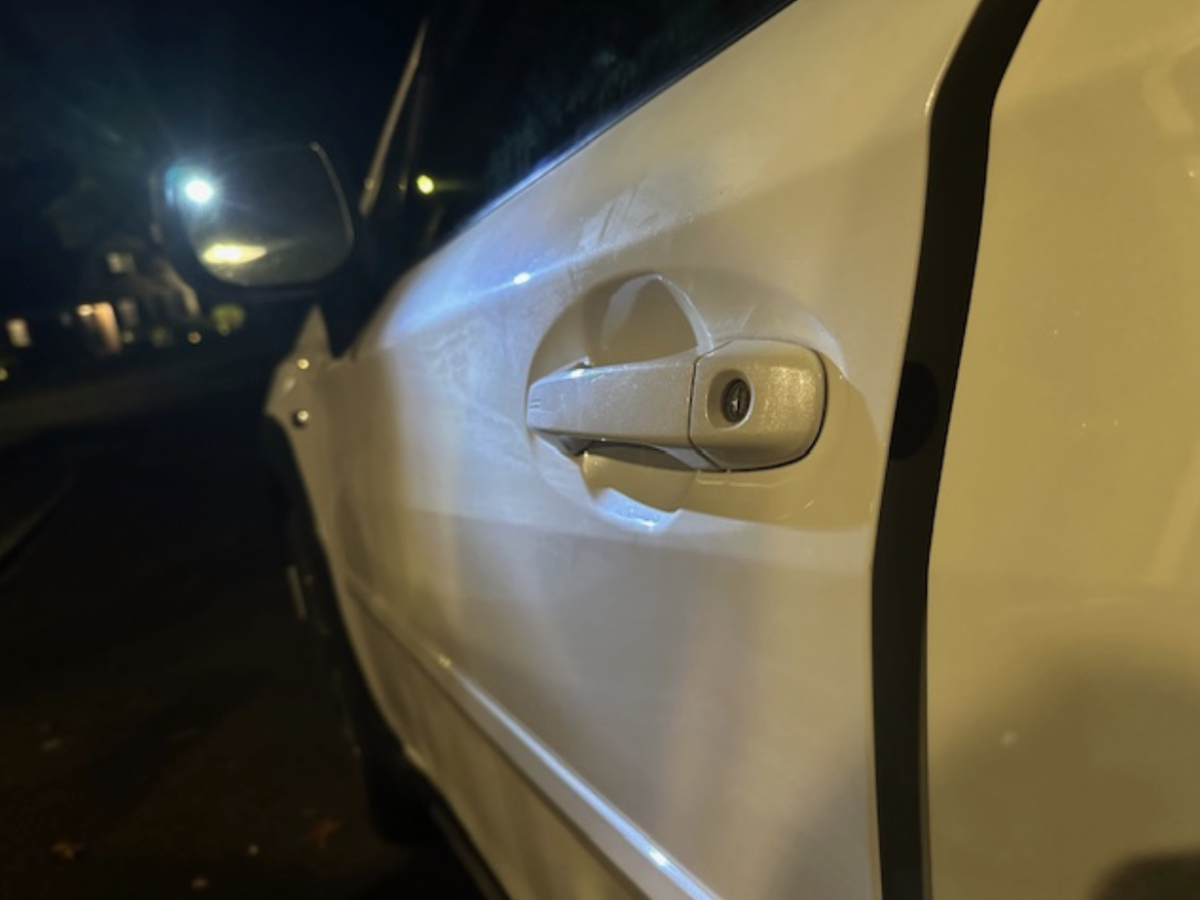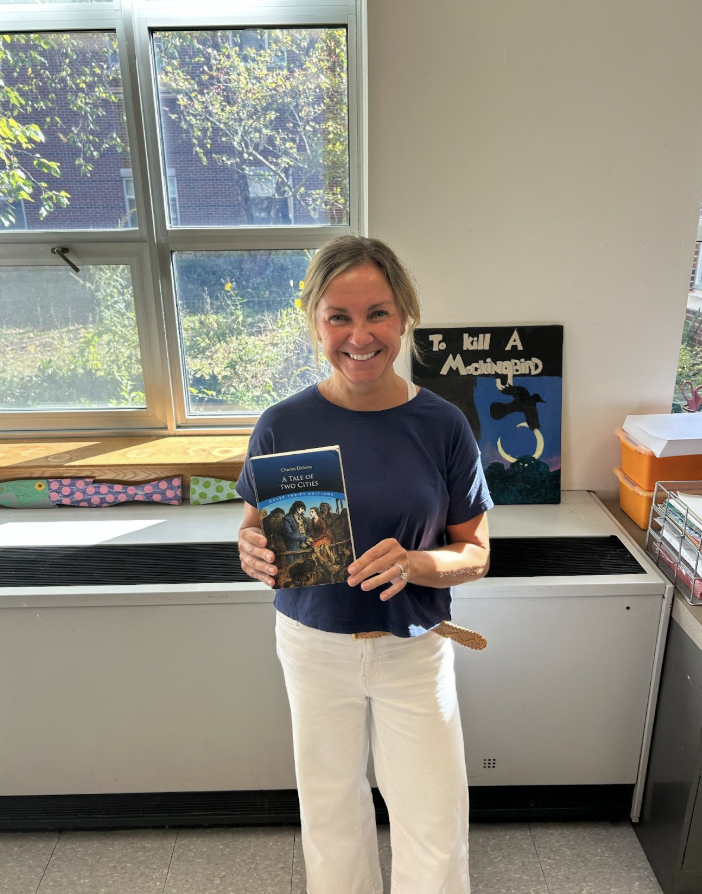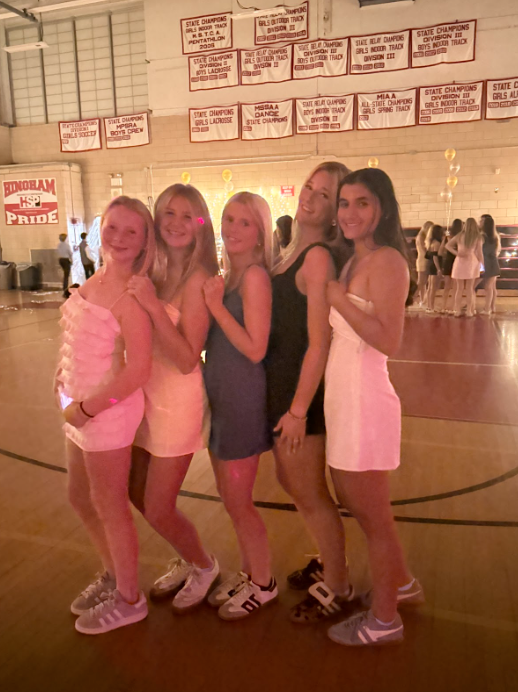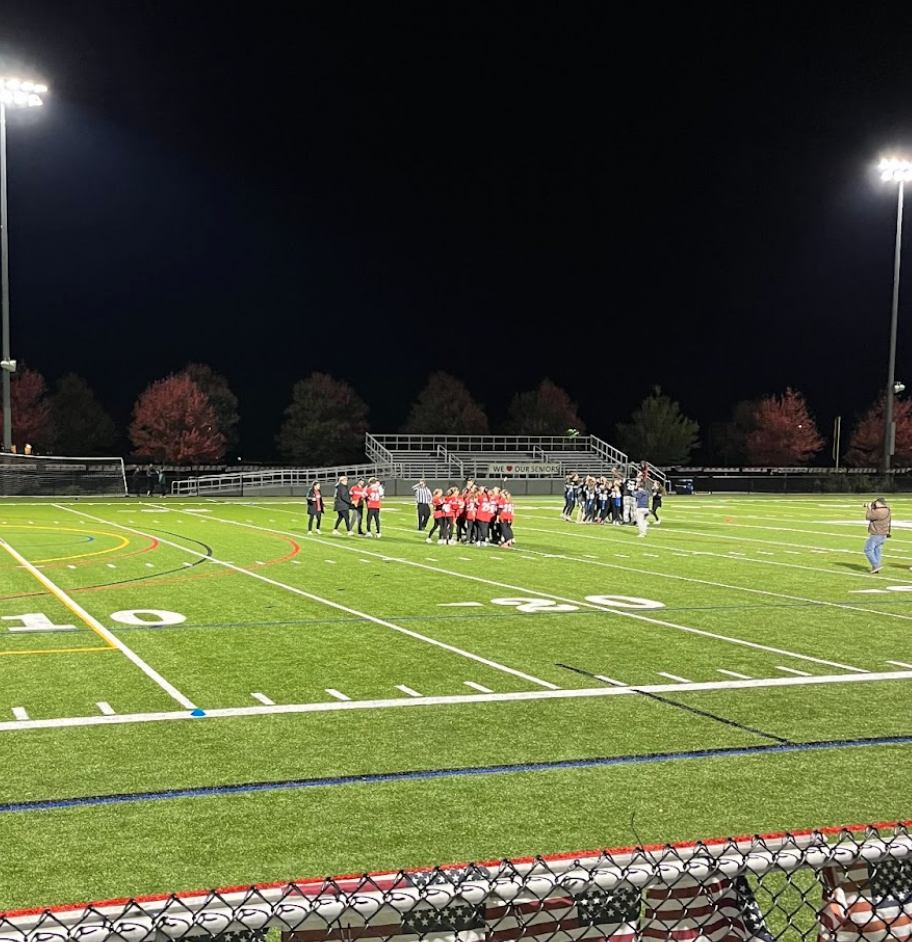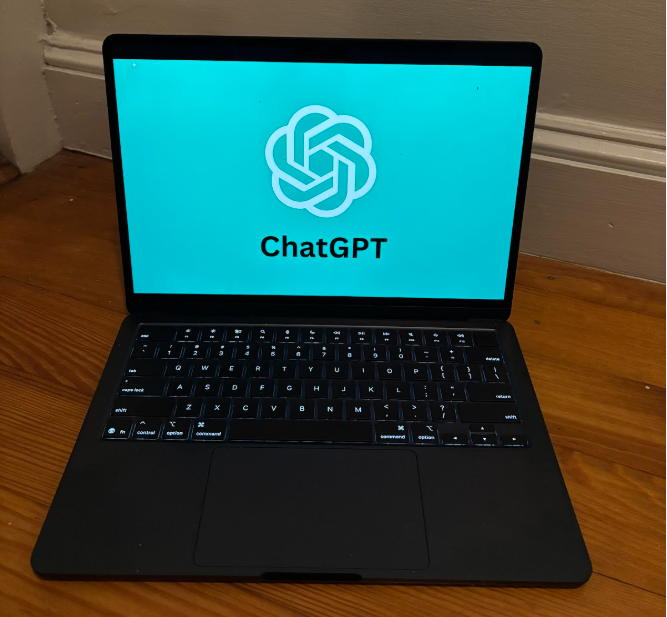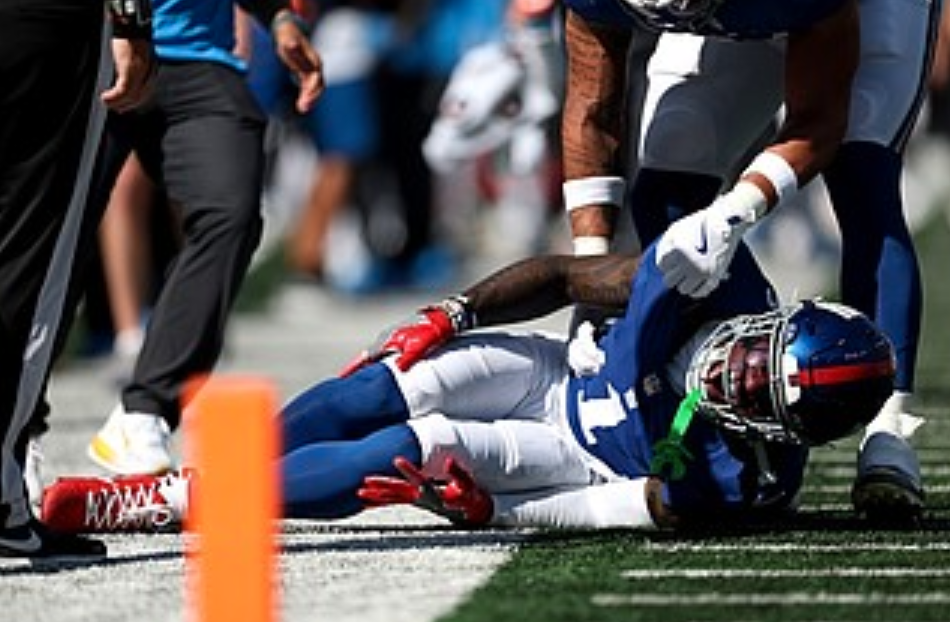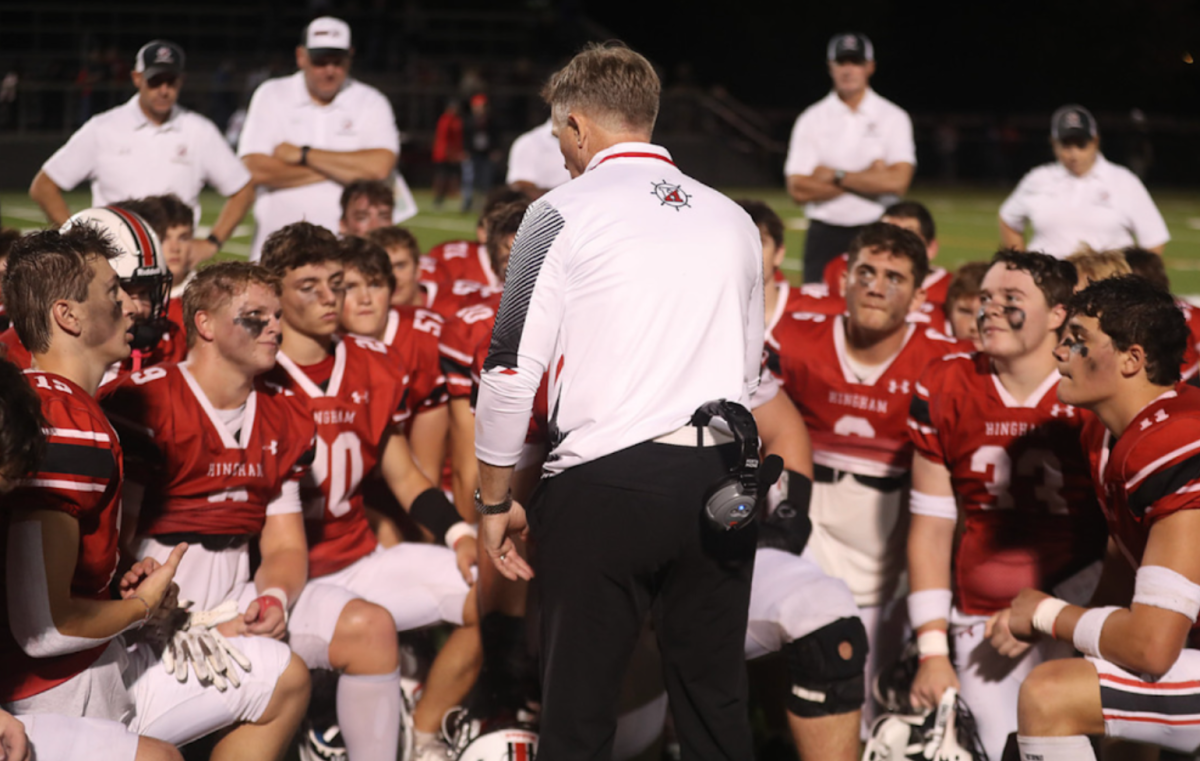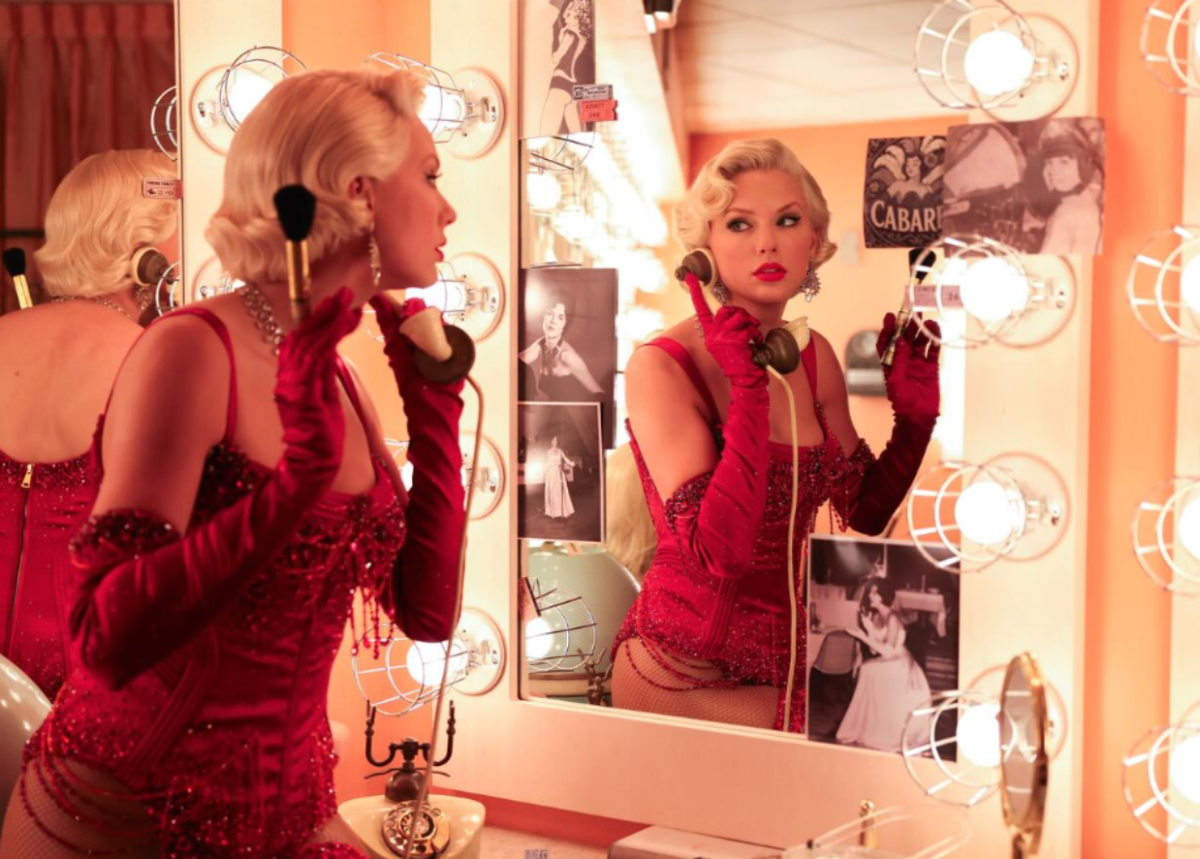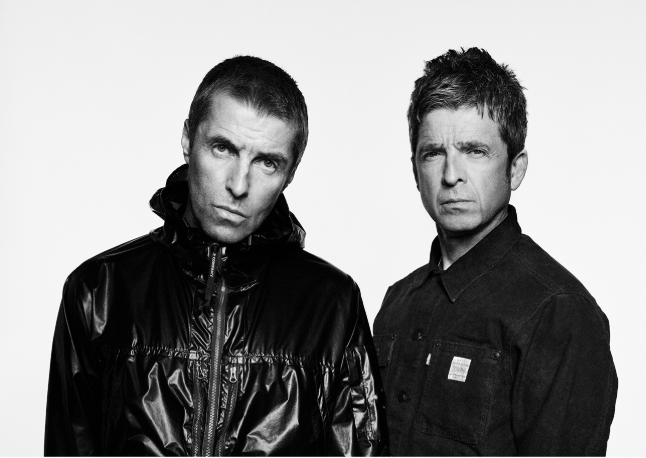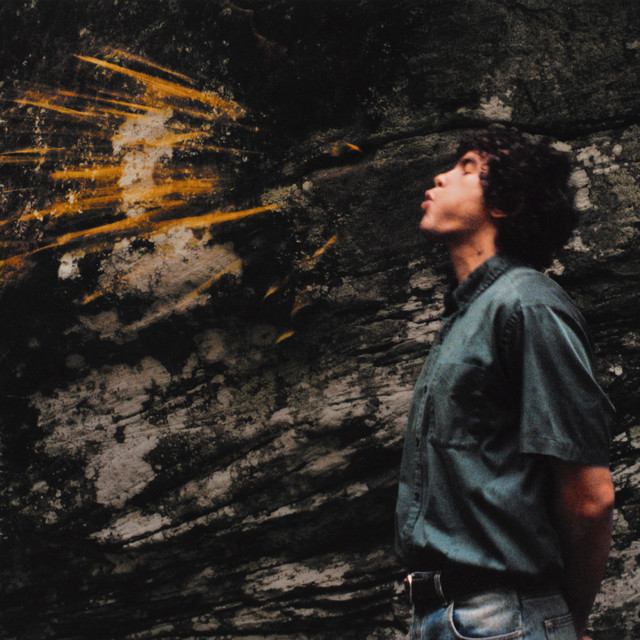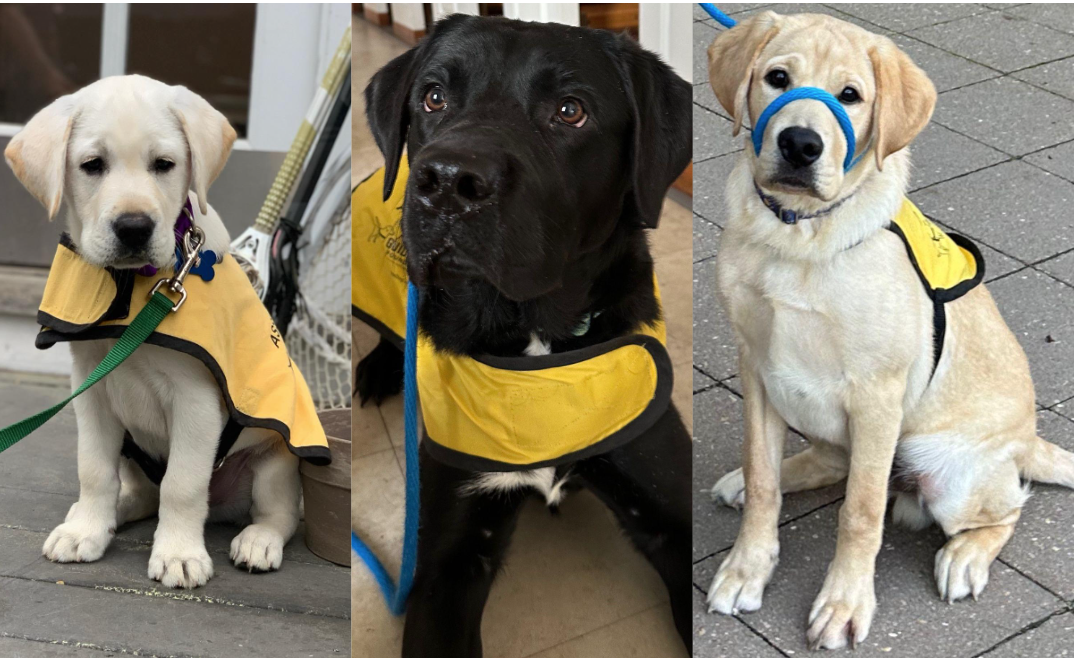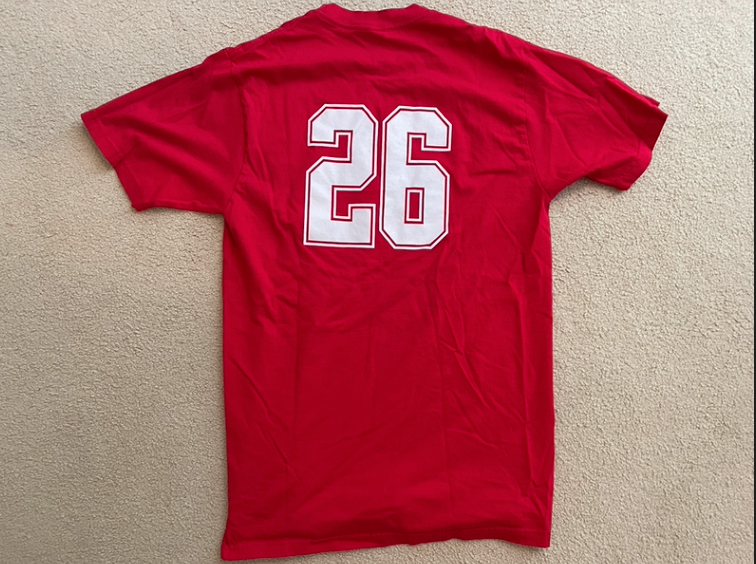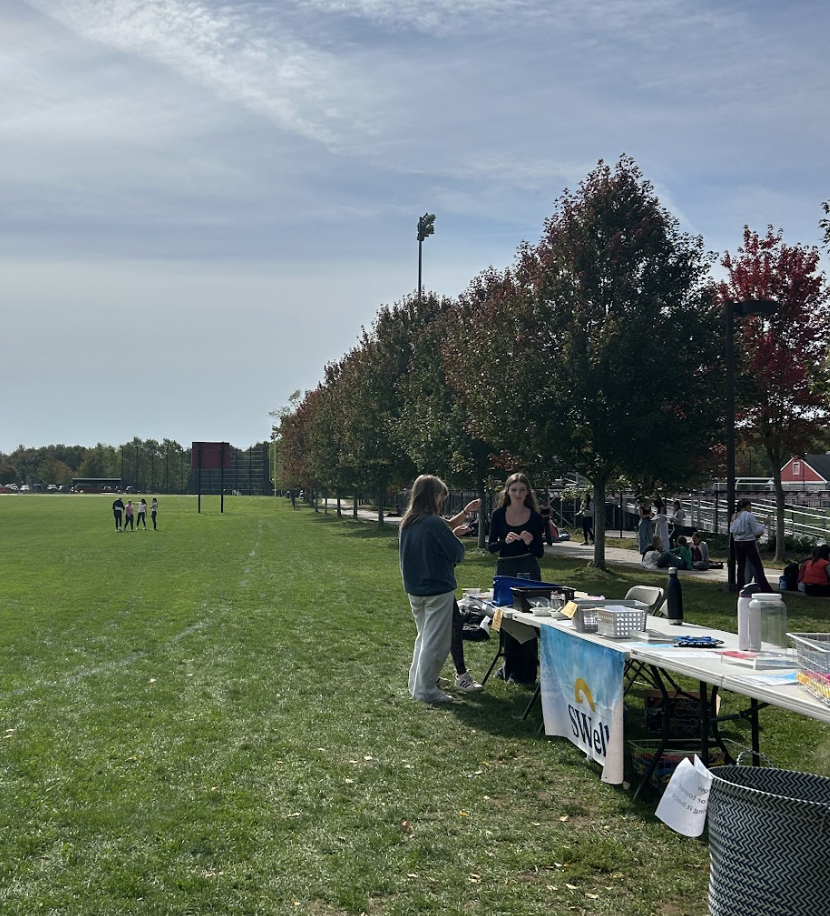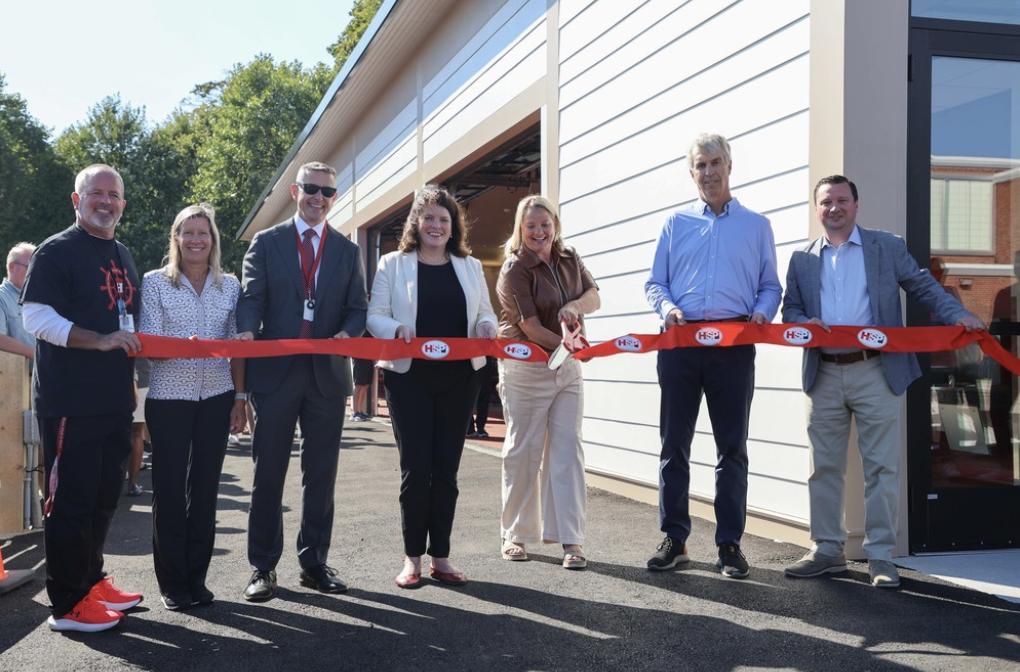At Hingham High School, we all know and love Opry, our comfort and support dog. Senior Courtney Duggan believes “service dogs are great companions and emotional wellness boosters. [She] thinks that they stimulate a positive mindset and better stress levels.”
People often forget to consider the amount of work put in for dogs to become successful service dogs. It all starts with the puppy raiser, a person or family who takes care of a future assistance dog for the puppy’s first 12-16 months of life.
My family got our first future assistance dog in June 2020. We took a four-hour drive to Long Island, New York, and picked up Louis, an eight-week-old yellow lab from the Guide Dog Foundation. Bringing him home to our family was like welcoming a newfound happiness into our lives.
A critical part of raising future assistance dogs is socialization and basic commands. In order to prepare the puppy for its potential service, the dog is allowed in public settings as long as they are wearing their vest and the owners of the shop allow it. This helps to expose the puppies to new sights, smells, and sounds.
The first year is a crucial part of the puppy’s development so it is important that they are accustomed to any environment they could possibly encounter. Classes are required once a month for the puppy raiser to attend in order for the advisor, an individual employed by the Guide Dog Foundation, to see the puppy’s improvements and behavior. Along with this, the advisor also helps the puppy raiser learn along with the puppy so, that the puppy is getting constant beneficial training.
Due to COVID-19, we kept Louis for 18 months. Giving him back to the Guide Dog Foundation was bittersweet. Our entire family was sad to let go of the bond we had created over the months, but we were super excited to see how helpful he could be to someone in need. After returning him back to the foundation he went through several months of intensive training in order to prepare him and find out what position he would be the best fit for. After training, our family got an email, that Louis had passed and would be assigned to serve as a US veteran. Our family was beyond excited. The puppy that we spent so many months with had been successful and was going to help someone in need for many years to come. This is when we realized how rewarding this program was not only for the individual in need but for ourselves as we felt so proud of our accomplishment.
In February of 2022, we picked up our second future assistance dog Max, a black lab. We went through the same steps we did with Louis; socializing and training. We saw Max making immense progress as the months went on until the day he passed into intensive training. Due to the many requirements a dog must have in order to succeed in being a service dog, only about 50% of the dogs pass. After some time in intensive training, unfortunately, it was found that Max had allergies and would not be able to proceed to serve someone in need. Fortunately enough for our family, we got the opportunity to adopt him and now, he lives his life as any average family dog.
In June of 2023, we picked up our current future assistance dog, Henkie. He is a playful, excited, and eager yellow lab. We try to bring him everywhere we can in order to set him up for as much success as possible and we cannot wait to see the things he will achieve.
Although Henkie does not have a 100% chance of success, the progress he has made since we got him is outstanding and my family holds very high hopes for his future. Junior Lauren Howard says that my experience raising service dogs, “shows that [I] have a love for not only animals but people who need support as well. By doing this [I am] helping others and [myself] by spending time with these dogs.”
Puppy raising has been such a rewarding experience for myself and my family. The Guide Dog Foundation is always looking for qualified and loving people to become raisers. For those interested visit their website www.guidedog.org for an experience you won’t regret.


